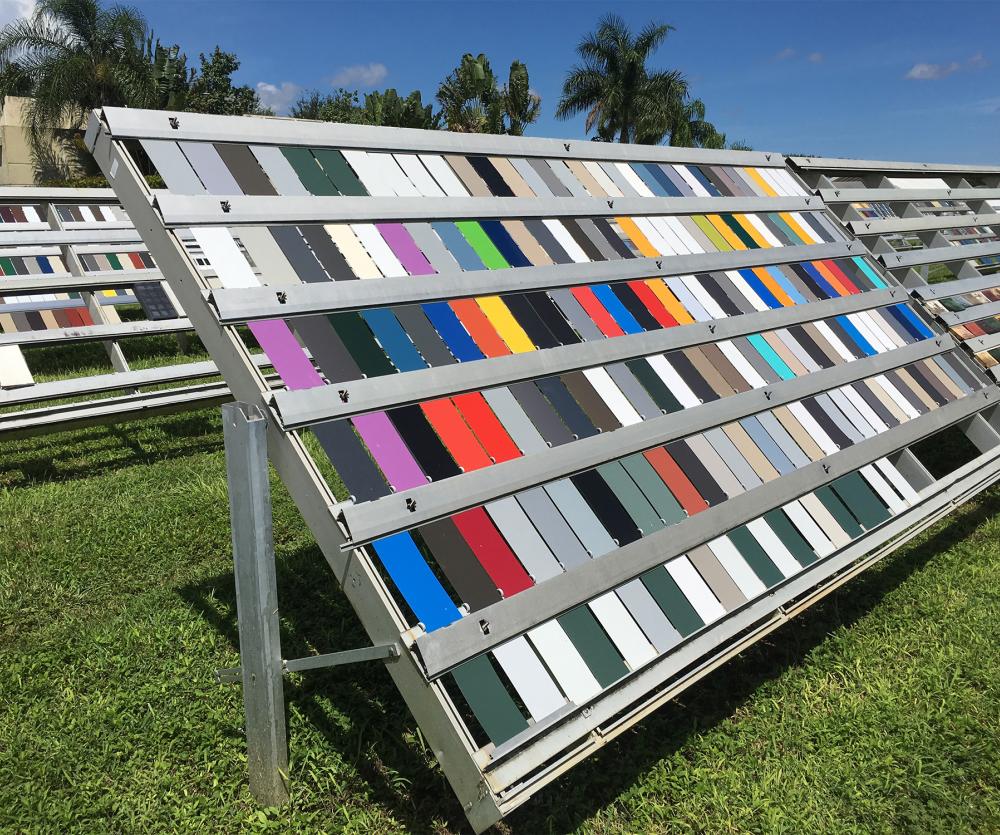
Discover ASTM G7: Your Guide to Natural Outdoor Weathering Testing
Test materials are exposed to outdoor environments with ASTM G7, the globally-recognized standard for evaluating weathering durability through direct outdoor environmental exposure. Aligned with international standards like ISO 877-1 and 877-2, this practice delivers a standardized technique to help you validate material performance under real-world conditions.
Key Test Parameters
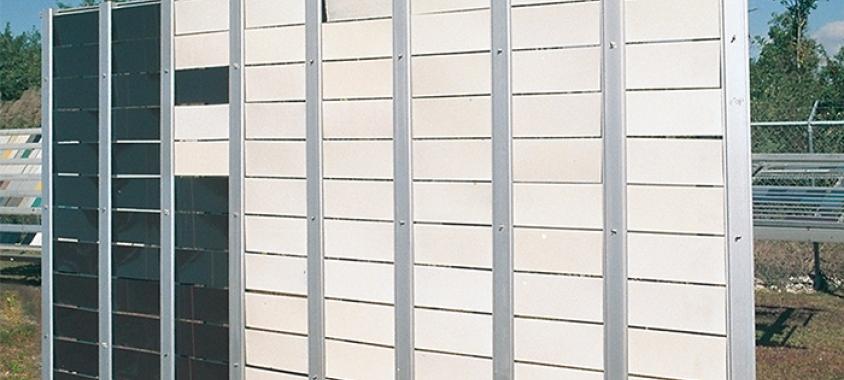
Exposure Orientation
Test racks used when testing according to ASTM G7 are typically oriented to face the equator in order to maximize solar exposure. Common exposure angles include:
- 45°: A widely-used angle for consistent exposure
- 90°: Vertical orientation, simulating upright applications like buildings
- Proper mounting ensures that specimens do not interact with each other; especially important for 3D specimens
- 5°: Near-horizontal, avoids standing water, ideal for materials used in horizontal applications
- Latitude Angle: Equal to the site's latitude, facing the equator (26° for FL, 34° for AZ)
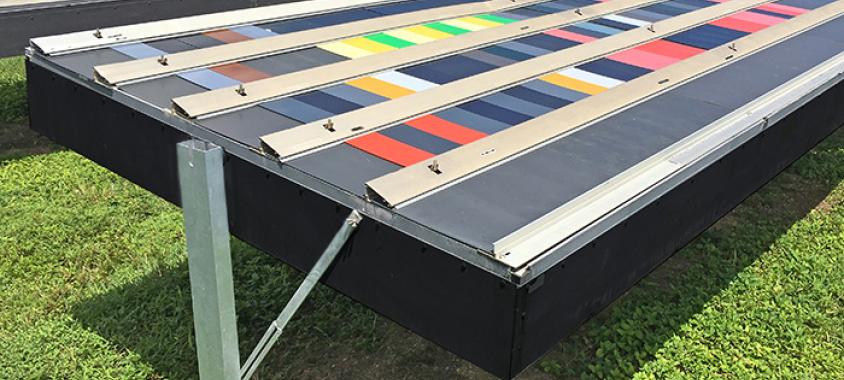
Specimen Backing
ASTM G7 allows for the use of three different specimen backing types:
- Unbacked Exposures: Specimens are exposed on all sides, sometimes supported by wire mesh to prevent deformation
- Backed Exposures: Specimens are attached to a solid substrate like plywood, which increases surface temperature
- Black Box Exposures: Specimens are mounted on a black-painted aluminum box (0.23 m deep), with non-flat specimens attached to flat panels
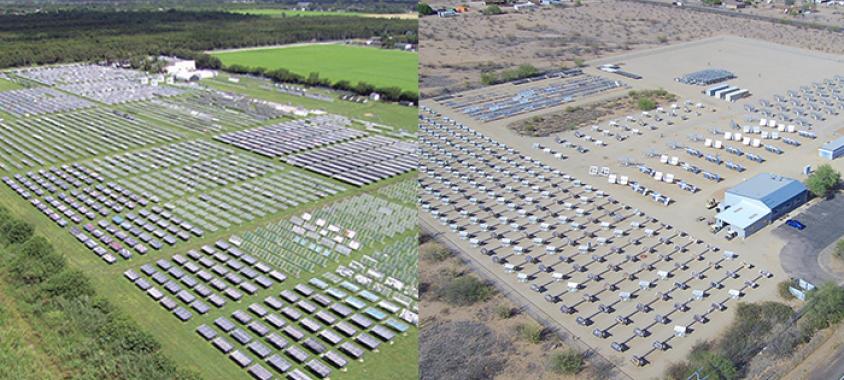
Test Site Selection
ASTM G7 allows natural weathering tests to be conducted in any climate, with accelerated degradation often targeted in harsh environments like deserts, subtropical or tropical regions, seashores, or industrial areas to simulate challenging conditions.
Q-Lab offers ISO 17025-accredited testing at our benchmark Florida Subtropical and Arizona Desert Testing facilities.
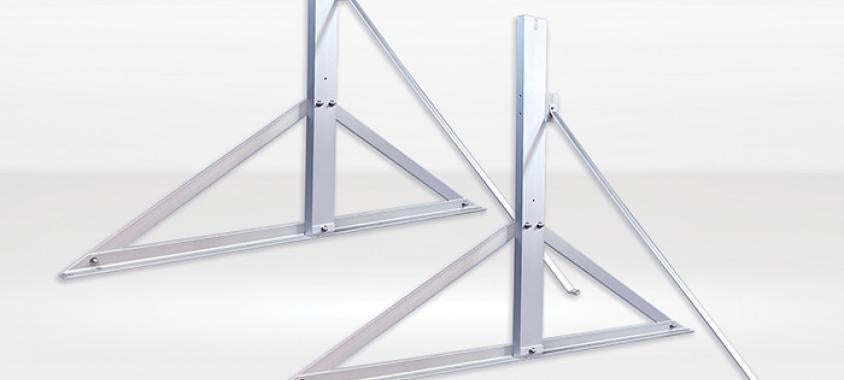
Test Fixture Design and Construction
ASTM G7 requires test racks to be constructed from durable, corrosion-resistant materials, such as aluminum alloys, coated steel, or wood. Q-Lab's facilities use our own Q-RACK outdoor exposure system. Racks must be designed to avoid contact with vegetation, minimize damage from maintenance, and prevent contamination between specimens. Fasteners must accommodate thermal expansion and contraction while avoiding corrosion or contamination of the specimens.
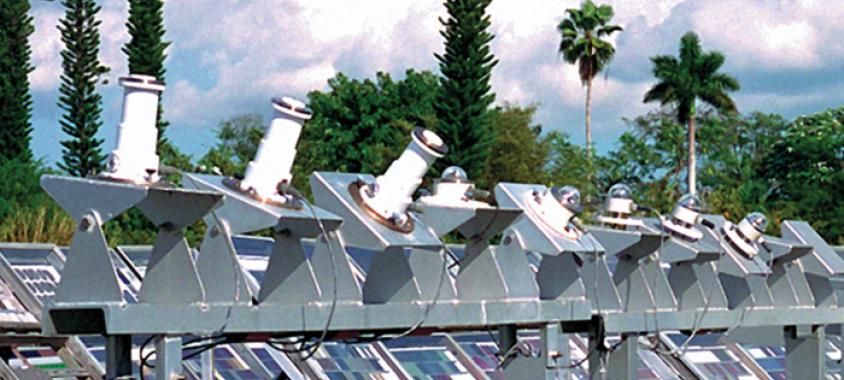
Instrumentation and Calibration
ASTM G7 provides guidance on measuring climatological data, using instruments calibrated to national and international reference standards:
- Ambient Temperature: Recorded daily (max/min) using thermocouples (Type T or J), thermistors, or resistance temperature detectors (RTD)
- Relative Humidity: Recorded daily (max/min)
- Solar Radiation: Measured using pyranometers for total solar irradiance and radiometers for UV
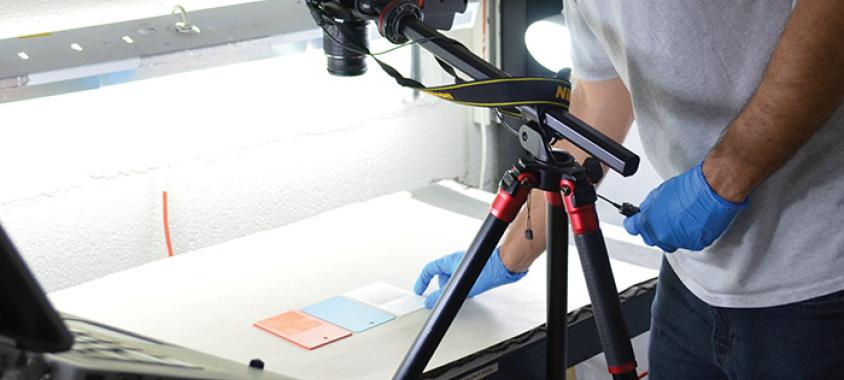
Specimens
As with any weathering exposure, it's good practice to expose enough specimens for proper statistical analysis and confidence in your test.
ASTM G7 recommends exposing at least two control specimens (one with good durability, one with poor), placed adjacent to test specimens for performance comparison.
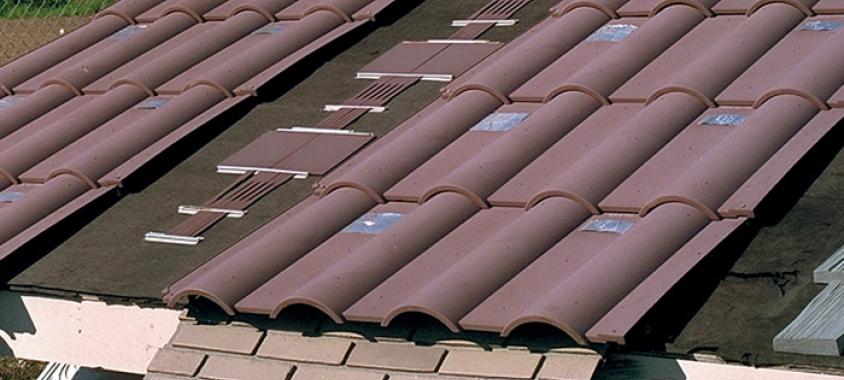
Exposure Duration
ASTM G7 recommends basing exposure duration on total solar or UV radiant exposure rather than time to account for weather variability, advising against short-term exposures (less than one year) and encouraging multiple exposures over several years and locations for reliable, representative results due to climatic variations. Q-Lab also recommends frequent evaluations and performing tests until failure.
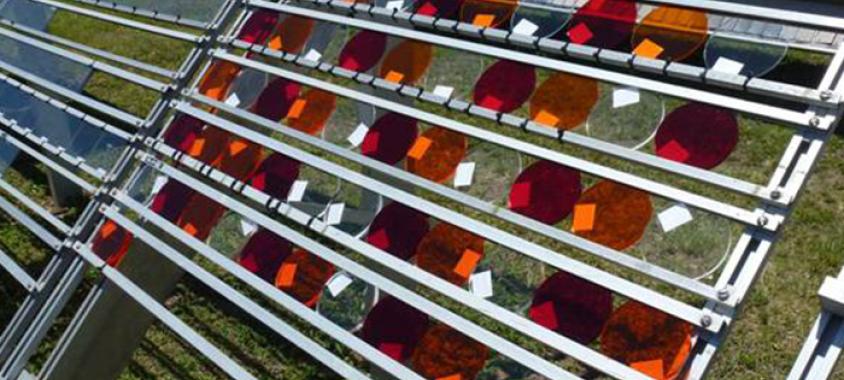
Reporting Requirements
ASTM G7 mandates that test reports include detailed information such as test site specifics, exposure orientation, backing & mounting methods, and exposure dates.
Additionally, optional data like temperature, humidity, rainfall, and specimen treatments like washing must be included if requested.
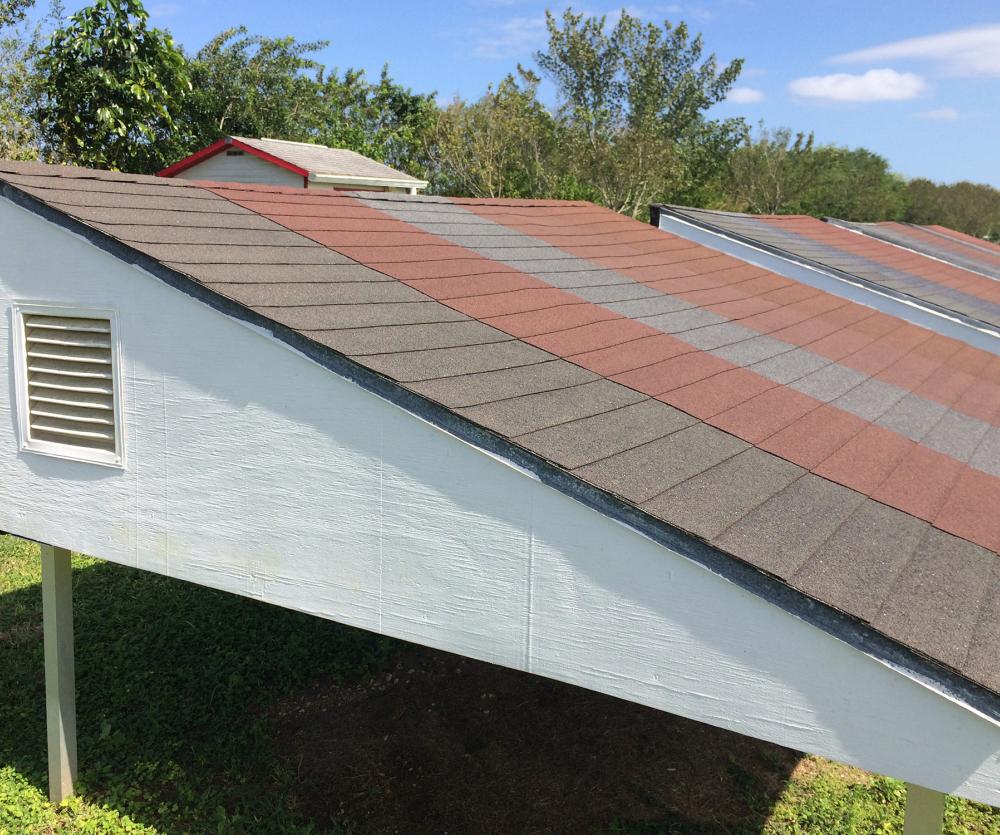
Why Choose ASTM G7?
ASTM G7 offers a comprehensive range of options for testing the weathering durability of materials exposed outdoors. These standardized procedures to evaluate material durability can be used in a variety of outdoor environments and conditions of UV radiation, moisture, and temperatures. These include, but are not limited to, Florida Subtropical and Arizona Desert. ASTM G7 has a long history and is used widely in many industries, meaning that data collected according to these protocols is generally understood and accepted.
Pros and Cons of ASTM G7
- Testing in real-world conditions
- By exposing test specimens to actual sunlight, moisture, and temperature fluctuations, ASTM G7 provides a realistic assessment of your material's durability
- Flexible configurations
- By allowing exposure angles of 5°, 45°, or 90° and mounting options like unbacked, backed, or black box setups, ASTM G7 allows users to select the right exposure type for their applications
- Internationally-recognized test method
- ASTM G7 is a well-known, highly-established testing method accepted around the world
- This internationally-recognized testing method provides guidance on how to perform outdoor weathering tests in a repeatable, measurable manner
- Duration of specimen exposure
- While testing your specimens in natural environments provides the most accurate results, it requires a significant amount of time in comparison to laboratory testing
- However, outdoor testing in benchmark locations can, in many cases, begin to provide valuable rank-ordered data in a matter of months
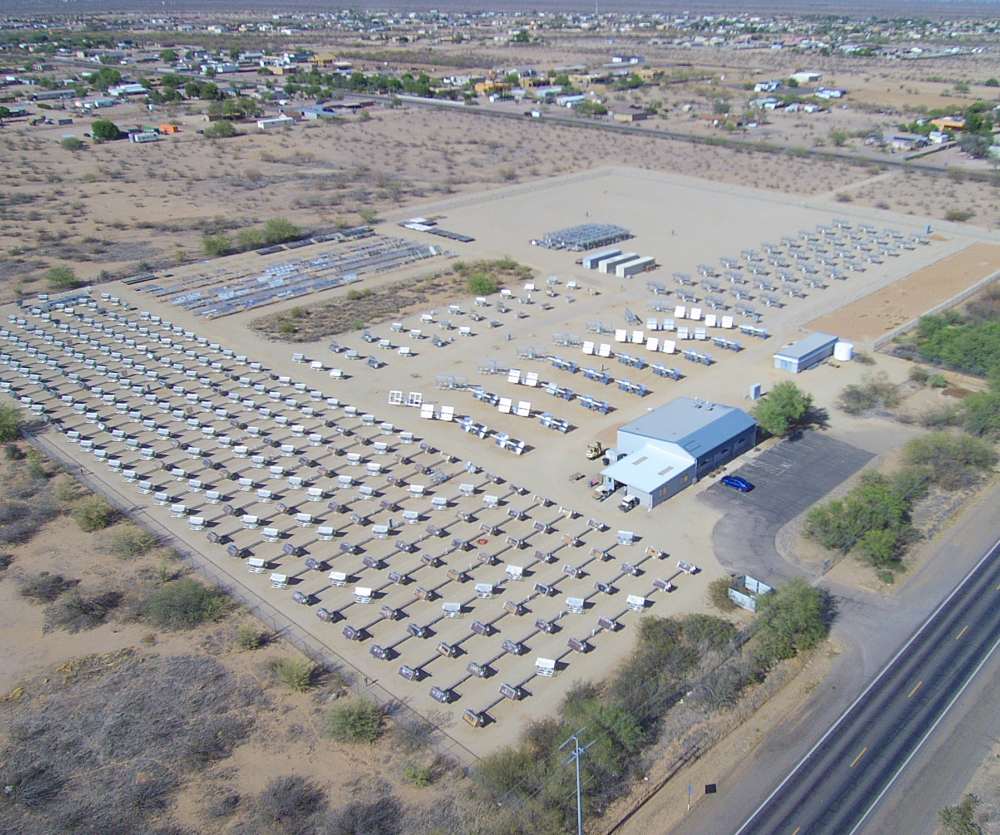
Q-Lab's Natural Outdoor Weathering Test Facilities
Q-Lab offers outdoor exposure testing programs at our internationally-recognized, ISO 17025-accredited benchmark locations in Florida and Arizona. Weathering exposures at these sites are not only realistic; they also could be considered a form of accelerated weathering testing (depending on where the product will be used outdoors) and are the best way to verify laboratory test results. Q-Lab also provides all users with climate data to enhance interpretation of data collected during outdoor exposures. See our Outdoor Testing brochure for more information on these sites and our Testing Services brochure to learn about our full range of weathering testing services.
Natural Outdoor Testing Services Resources
Standards
Review setup and performance information on key international and OEM test standards from ASTM, ISO, SAE, JIS, GB, and more.
Document Library
Browse Q-Lab’s extensive library of weathering testing literature and technical content.
Contact Q-Lab
For information on Q-Lab's testing services options, contact our team of experts today!